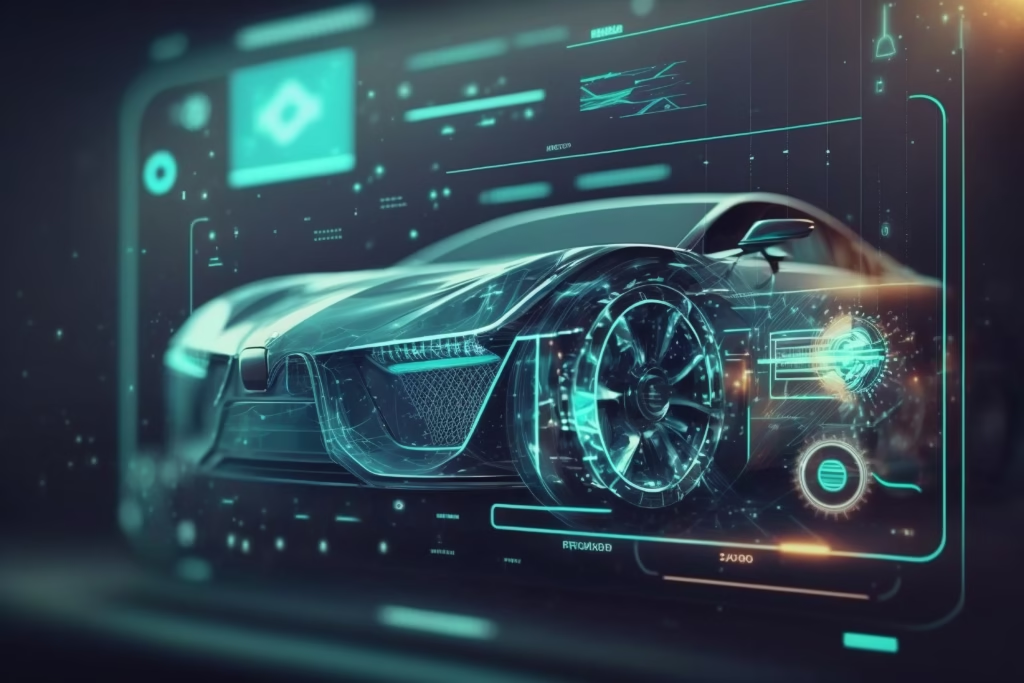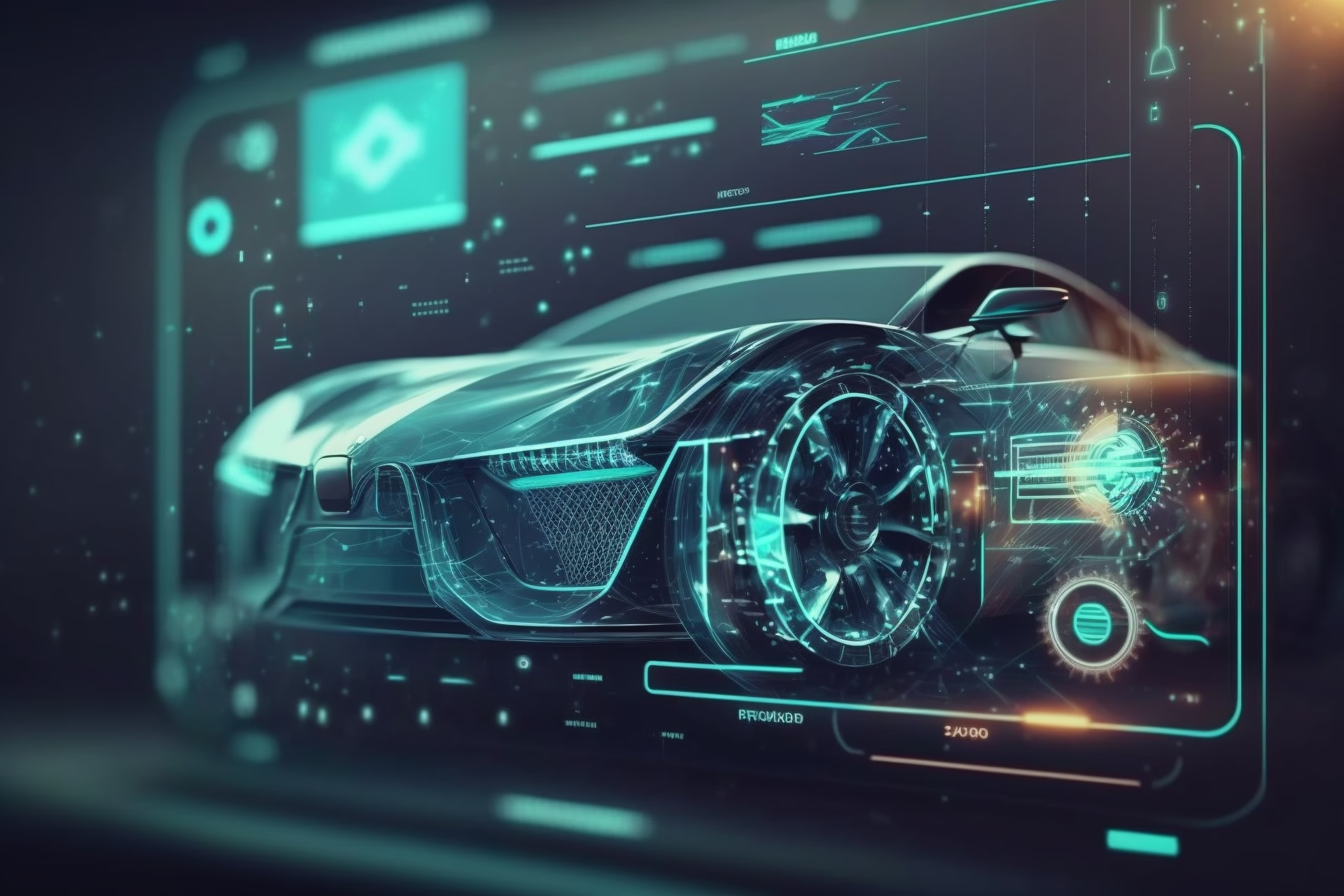The automotive world is undergoing a radical transformation. At the heart of this change is 5G technology, which is driving the next wave of innovation in car technology. As vehicles become smarter and more autonomous, they require 5G’s high-speed, low-latency capabilities to enhance their functionality. In this post, we will explore how 5G is reshaping car technology, especially in the context of autonomous vehicles.
What is 5G and How is it Impacting Car Technology?
5G offers vastly improved speed, reduced latency, and greater connectivity than its predecessors as the fifth generation of mobile networks. While traditional 4G networks were sufficient for mobile browsing, 5G takes connectivity to new heights. It allows for faster data transfer, enabling real-time communication between vehicles, infrastructure, and cloud systems. This capability is crucial for the development of autonomous vehicles, where instant data exchange is necessary for safe and efficient operation.
The Role of 5G in Enhancing Communication Between Autonomous Vehicles
One of the key challenges for autonomous vehicles is ensuring seamless communication between cars. 5G facilitates Vehicle-to-Vehicle (V2V) communication, allowing vehicles to share critical information in real-time. This can include data about speed, road conditions, and potential hazards. By enabling vehicles to “talk” to each other, 5G ensures that autonomous cars can react faster, prevent accidents, and navigate more effectively in complex traffic environments.
5G Networks and Real-Time Data Transfer in Car Technology
Autonomous vehicles rely heavily on sensors and cameras to gather data about their surroundings. With 5G, these vehicles can send and receive data in real time, providing more accurate information and allowing faster decision-making. Whether it’s detecting an obstacle, adjusting speed, or finding an optimal route, 5G enables self-driving cars to process data and respond almost instantaneously. This level of connectivity is crucial for the reliable operation of autonomous systems.
How 5G Enables Safer and Smarter Autonomous Vehicles
Safety is a top priority for autonomous vehicles, and 5G plays a critical role in making them safer. With 5G’s low latency, autonomous cars can quickly react to unexpected changes in their environment, such as pedestrians crossing the road or sudden braking by other vehicles. This speed of response reduces the likelihood of accidents and enhances the overall safety of the vehicle. Moreover, 5G constantly updates vehicles with the latest traffic data, weather conditions, and road alerts, contributing to smarter decision-making.
5G and Vehicle-to-Everything (V2X) Communication
Vehicle-to-Everything (V2X) is a critical element of the connected car ecosystem, enabling vehicles to communicate not only with other vehicles but also with infrastructure (like traffic lights and road signs) and even pedestrians. Through V2X, 5G allows real-time interaction between a car and its environment. For example, a traffic light can send a signal to an autonomous vehicle to adjust its speed in anticipation of a green light, improving efficiency and reducing fuel consumption. This interconnected network enhances vehicle awareness, making autonomous driving smoother and more reliable.

Boosting Autonomous Vehicle Performance
Latency refers to the delay in data transmission between devices. In the context of autonomous vehicles, even a slight delay can have serious consequences. 5G dramatically reduces latency compared to 4G, ensuring that data is transmitted almost instantaneously. This low latency enables vehicles to process information faster, improving decision-making capabilities. For instance, if an autonomous car detects a sudden change in road conditions, it can immediately react, avoiding potential hazards and improving driving performance.
How 5G Facilitates Seamless Navigation and Traffic Management for Autonomous Cars
Navigation is another area where 5G enhances car technology. Autonomous vehicles rely on precise and up-to-date maps to navigate roads, and 5G ensures that these maps are constantly updated in real time. Additionally, 5G allows autonomous vehicles to receive and send traffic management data, such as traffic light statuses, construction zones, and road closures. This data flow enables smoother navigation and better coordination with other vehicles on the road, reducing congestion and improving overall traffic efficiency.
The Role of Edge Computing in 5G-Enabled Autonomous Vehicles
Edge computing involves processing data closer to where it is generated, rather than relying on centralized cloud systems. In autonomous vehicles, edge computing reduces the need for lengthy data transfers, ensuring faster decision-making. By leveraging 5G networks, edge computing can provide low-latency processing power right within the vehicle. This means that autonomous cars can make quick decisions based on real-time data, such as adjusting speed or taking evasive action when necessary.
Integrating 5G into Autonomous Vehicle Systems
While 5G holds tremendous promise for advancing autonomous vehicles, the integration of this technology comes with challenges. The infrastructure required to support 5G is still being rolled out globally, and some areas may face connectivity issues. Additionally, ensuring the security of data transmitted via 5G networks is paramount. However, the opportunities far outweigh the challenges. As 5G coverage expands, autonomous vehicles will become more efficient, reliable, and safer, accelerating the adoption of self-driving technology.
The Impact of 5G on Car Technology and Autonomous Vehicle Growth
Looking ahead, 5G will play an even more significant role in the evolution of car technology. With advancements in artificial intelligence (AI) and machine learning, autonomous vehicles will become more intelligent and capable of handling increasingly complex driving scenarios. 5G’s ability to support massive data streams and ultra-reliable communications will enable these advancements. As a result, the future of autonomous vehicles will be defined by faster, safer, and more efficient technology.
5G as the Catalyst for the Next Generation of Car Technology
5G is not just a network upgrade; it is the catalyst driving the next generation of car technology. By enabling real-time communication, improving safety, and facilitating seamless navigation, 5G is helping autonomous vehicles evolve from concept to reality. As the global 5G infrastructure expands, we can expect to see even more innovations that will shape the future of transportation. Autonomous vehicles, powered by 5G, are set to redefine how we drive, making transportation smarter, safer, and more efficient.

